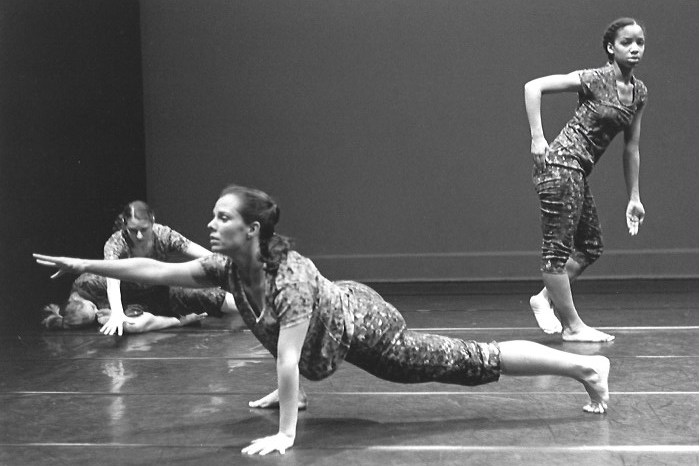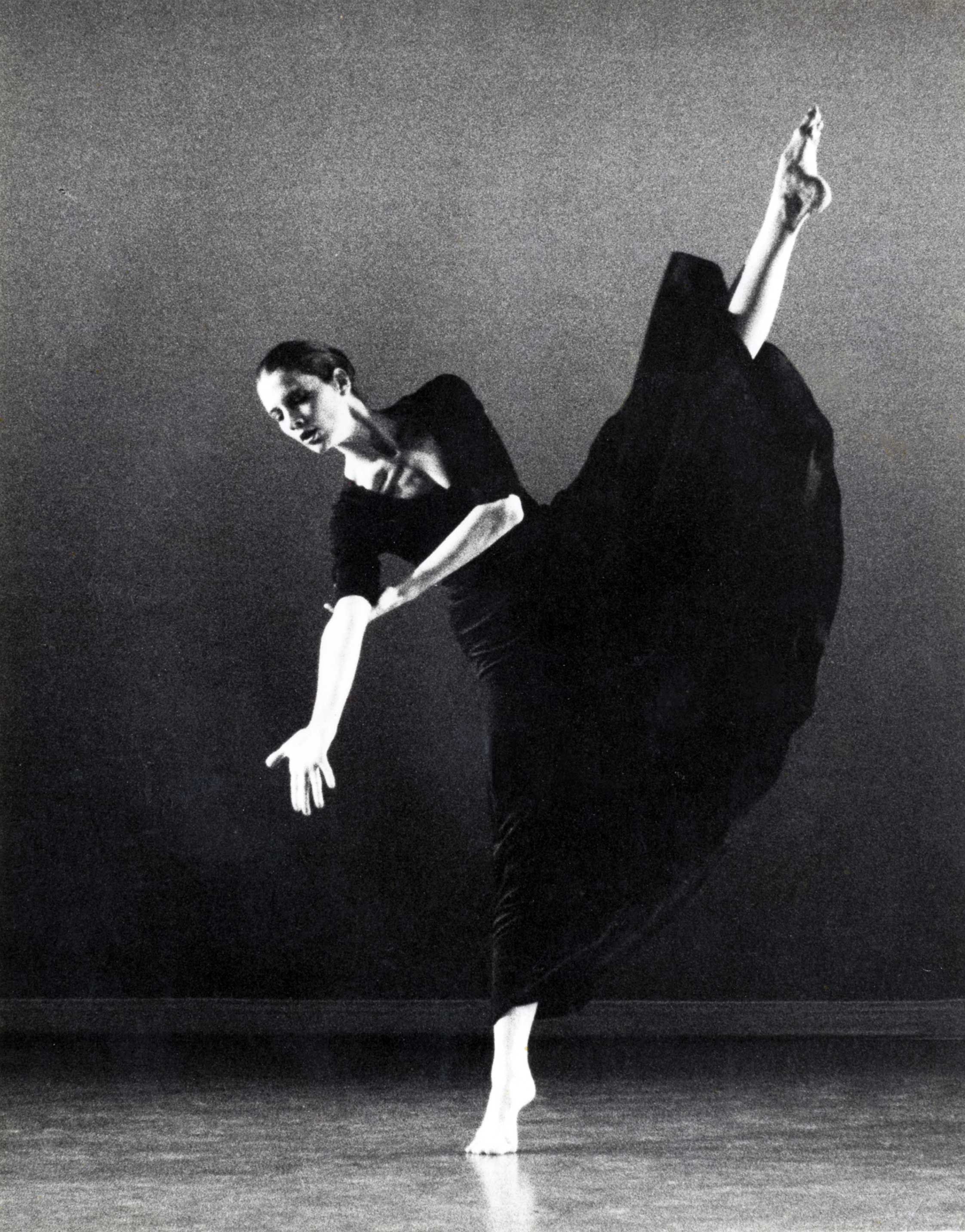For the past few months, I have found myself missing working with dancers the way I did for over 30 years with The Avodah Dance Ensemble. At first my recent focus was on creating a work inspired by the labyrinth in my garden. I haven’t abandoned the idea and still envision a piece that can be performed on the labyrinth and filmed. It will also be developed into a performance piece for the stage. But in the past few days another idea has been driving me, and that is what I want to focus on in this blog.
I am very glad to be living in Costa Rica rather than the United States right now. However, that doesn’t mean I am not VERY concerned with what is happening in the United States, and I do want to take some kind of action to support the growing call for change. Surprisingly I am inspired by the writing of David Brooks in The New York Times. Brooks was one of my husband’s favorite columnists. Brooks is a moderate, centrist, and conservative unlike me. I consider myself a liberal and strong Democrat. Yet the past two articles that he wrote resonated with me. For example, in an April 17th column he stated:
Trump’s behavior has aroused great moral indignation. It has aroused in people’s hearts a sense that something sacred is being trampled here — democracy, rule of law, intellectual freedom, compassion, pluralism and global exchange. These things are worth fighting for. https://www.nytimes.com/2025/04/17/opinion/trump-harvard-law-firms.html
Then in an April 24th column he wrote:
[W]e are the beneficiaries of a precious inheritance. Our ancestors bequeathed to us a judicial system, great universities, compassionate aid organizations, great companies and scientific genius. My mission statement would be: America is great, and we will fight for what has made America great. https://www.nytimes.com/2025/04/24/opinion/trump-administration-energy-strength-weakness.html
After reading the second column, the urge to use my talents to respond was triggered. A dance of resistance. And I have a clear vision of how it will begin. There is a moment in the piece I created in 1976 called I Never Saw Another Butterfly, based on poems written by children in the Terezin concentration camp, where the dancers link arms and lunge forward moving strongly on the diagonal. That is how my new piece will begin.


I Never Saw Another Butterfly was the first piece I choreographed for a Holocaust Remembrance Day ceremony. It was soon joined by Kaddish, which is set to the opening eight minutes of Leonard Bernstein’s Kaddish Symphony. Primo Levi’s poetry inspired a third piece, Shema, several years later. These three pieces were an important part of Avodah’s repertory using dance to bring awareness to the Holocaust and were performed in settings such as a Catholic Boys School in Jersey City, an Interfaith Conference, and a Community College in Philadelphia, in addition to many schools, universities, synagogues and Jewish community centers.
My new piece would see dancers (maybe 20 or 30) coming from different directions of the stage and slowly linking arms in several lines building a strong force of energy to become a unison statement to lunge forward and continue to progress in unison with choreography yet to be designed.
In the past when I decided on a theme, one of my first steps was to research all I could find on the subject. A few days ago, I googled dances of resistance. Wow did I get a lot of information. I encourage interested readers to do the same and see how dance has for centuries been a tool to bring a community together and to make strong statements of resistance.
I was also curious to see if there were examples of linking arms together for resistance and change, and indeed there are.
One is an event that created a human chain connecting Monroe Carell Jr. Children’s Hospital at Vanderbilt to the Tennessee State Capitol, which took place April 18, 2023. The purpose was to support changes in gun laws to make public spaces safer. https://news.vumc.org/2023/04/19/linking-arms-for-change-images-from-the-event/
A title of a book that was published in 2001 called Linked Arms: A Rural Community Resists Nuclear piqued my curiosity. The book describes how a rural group used civil disobedience to defy the nuclear industry and governmental authority, preventing the building of a nuclear dump in western New York. While I don’t know if the group linked arms as part of the demonstrations, my hunch is they did, hence the title of the book.
On May 1, 2025, The New York Times reported that after a speech in Philadelphia by Bernie Sanders, “dozens of demonstrators locked arms and sat down at an intersection near a highway entrance for about 30 minutes before police began to make arrests.”
Artists have long been responding to injustice, political upheaval, and social causes with their talents. This is an important time for all of us to be active. I close with some recent words from Mikhail Baryshnikov’s International Dance Day Message (April 29, 2025):
It’s often said that dance can express the unspeakable. Joy, grief, and despair become visible; embodied expressions of our shared fragility. In this, dance can awaken empathy, inspire kindness, and spark a desire to heal rather than harm. Especially now—as hundreds of thousands endure war, navigate political upheaval, and rise in protest against injustice—honest reflection is vital. It’s a heavy burden to place on the body, on dance, on art. Yet art is still the best way to give form to the unspoken, and we can begin by asking ourselves: Where is my truth? How do I honor myself and my community? Whom do I answer to? Link to article.























